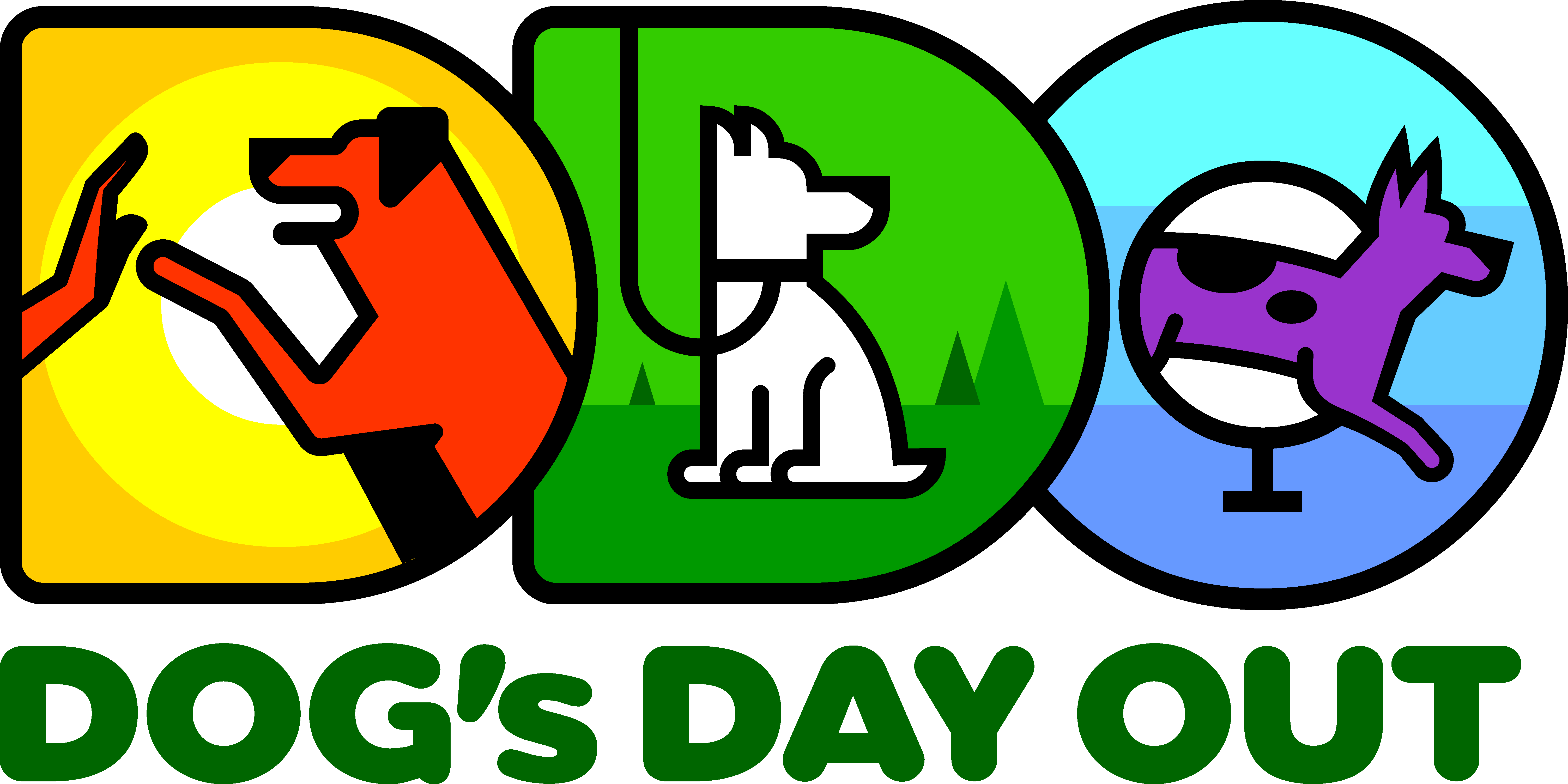Whether you are looking to bring a new dog into your home or you just want your dog to hang out with your friends or family members’ dog, being able to read the dogs’ body language is imperative for success when introducing dogs. Be sure to give yourself an education on canine body language before proceeding with dog introductions!
I have two ways I generally recommend having dogs meet each other.
1. TANDEM/PARALLEL WALK– For non-leash reactive dogs.
Equipment needed: Dogs on regular leashes (no flexi-leads) and harnesses (no neck collars).
- Depending on the individual dog, you may need to start out at a good distance (across the park or street). For others, you may be able to start closer.
- Set it up with the human walkers next to each other and the dogs on the outside.
- With both dogs on leash, just keep moving forward, parallel to each other. You do NOT want the dogs to meet head-on as there are significant problems with this type of introduction.
- If one or both of the dogs are vocalizing or pulling towards each other, get more distance.
- Now, watch both dog’s body language. Here is what you do NOT want to see: Sustained direct eye contact, quick side glances, tense, still postures or hackles up for an extended time (OK when they first meet but should go down within a minute or so).
- If interested, the dogs can do multiple, very short (1-2 second) greets. Nose-nose, “ok, let’s go!”
- Keep walking until the dogs are relaxed walking side-by-side and basically don’t care about each other.
- During this walk, shift so that one dog is in front of the other and then switch. That way both dogs can “get a whiff” of the other without stopping. They do not need to go right up to each other to smell; they can sniff from a distance of a few feet and still get lots of information.
- Often, the dogs will find a good spot where they will both sniff the ground. This is a great sign but watch here that neither dog stiffens, get still or does a hard side glance at the other dog while sniffing.
- This may take more than one walk for the dogs to get comfortable next to each other. Take as many walks as needed until they relax.
- Once the dogs are relaxed in each other’s presence, go to a neutral space and walk the dogs around there. Let them sniff and investigate the space still on leash. If you feel comfortable and the dogs are relaxed, you can drop the leashes. I generally keep them on for a few minutes just so I have “handle” if I need to remove them.
- If you are unsure of how either dog will react, use muzzles and long lines (see below) for safety.
2. TANDEM PLAY– I use this when one of the dogs is too leash reactive to be able to do a parallel walk, even at a distance. We often use this with shelter dogs who we want to let play with other dogs but are so leash reactive that it would take months working on the leash reactivity before allowing them to get the much-needed play with other dogs. Reactivity on leash is not necessarily indicative of off leash behavior.
Equipment needed: A large, preferably neutral yard or large room with some sort of barrier in the middle, dogs on leashes and harnesses, and possibly muzzles and long lines (see below). There should also be some sort of other objects in the yard space (baby pools, tires, play equipment…) so that there are other things for the dogs to sniff and investigate in the yard and the other dog is not the only exciting, or at least novel, thing in the space.
- Start with dogs on opposite ends of the space, separated by the barrier.
- The dogs are on leash for safety but the leash should be long and loose (no tension!) to prevent the leash reactivity.
- With a handler for each dog, keep the dogs from bolting towards the barrier/other dog by treating and tossing treats on the ground to allow sniffing and finding.
- If the dogs fixate on each other, your space is too small and you need to get more distance.
- As with the walk scenario, you may allow for brief (1-3 seconds) sniffs and then redirecting by calling the dog in a happy voice, tossing a treat or squeaking a toy.
- Again, as with the tandem walk process, you may need to repeat this several times before the dogs share a space.
- You want both of the dogs’ bodies to be relaxed, loose and bouncy, not stiff, still or fixated (long, hard stare) on the other. Once the dogs are relaxed (again, you must be able to “read” the dogs’ body language) you can remove the barrier or get both dogs on the same side.
- You want to see pauses in “good dog play” so you may need to facilitate those pauses (and decrease overall arousal) by calling the dogs away (in a happy voice or using a squeaky toy) and treating. There should be a handler for each dog on initial introductions.
TOOLS TO USE – if we are unsure of how one or both of the dogs will react, I will often use long lines and basket muzzles. A long line gives the dog freedom of movement with no leash tension but a “handle” for the humans to grab if needed. It is crucial that a dog be conditioned to a muzzle before using during introductions. We do NOT want to slap a muzzle on a dog and then toss him in with other dogs. See: How to Muzzle Train Your Dog for help.
